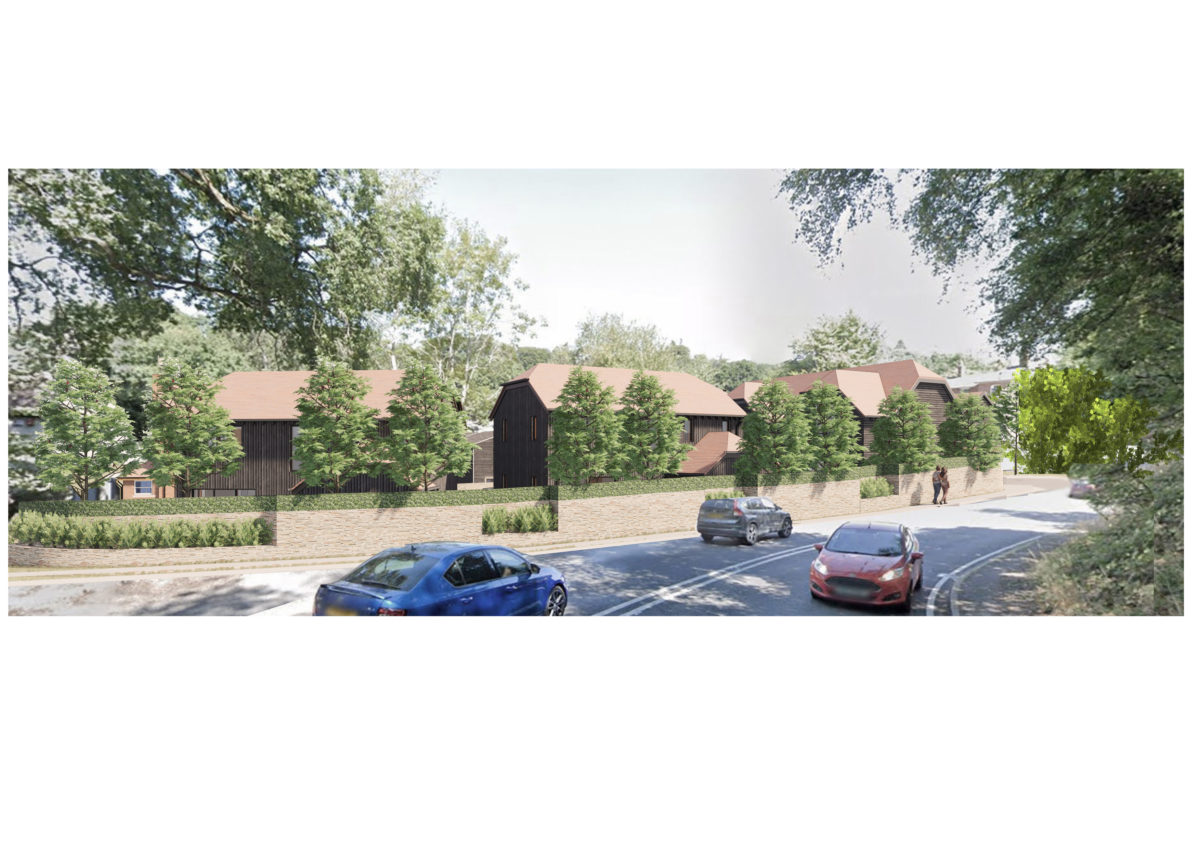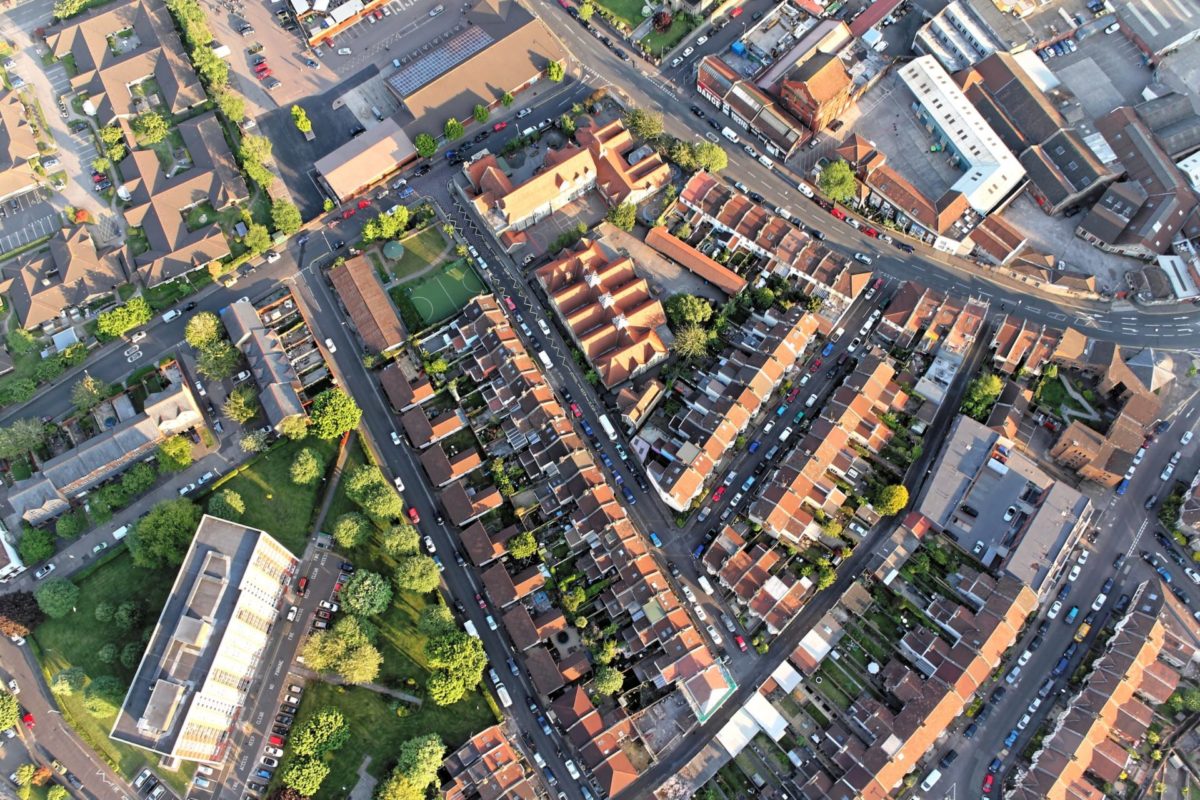

A s73 application deals with changes to, or removal of, planning conditions
Section 73 of the Town and Country Planning Act (TCPA) is a tool in the planning system that can be used in a range of situations to address circumstances or problems that arise in the development process. The section can be used for changes ‘as proposed’, for development that is underway, or when completed with section 73a the change can be retrospective.
We often get asked whether plans that were approved with a planning application can be changed. Maybe you want another roof light or to use different materials on the outside of the building. It might involve an internal re-jig of the layout and change to the number or sizes of units. It may not be something physical, it could be that you need to change a condition on a decision notice to keep the business open for longer hours or increase the number of employees. Whatever it is, we can advise what the best process is for you in order to achieve the desired outcome.
Depending on the situation, section 96a of the TCPA also allows for non-material amendments to be made, which when granted replaces the original consent with the change. Public consultation is not needed on these applications and it should be determined more quickly than an application under section 73 (s73 application). The potential scope for this type of application is also useful in various circumstances.
A s73 application deals with changes to, or removal of, conditions that were originally used to make the proposal acceptable and are, therefore, ‘material’. It takes the local authority the same amount of time to determine these applications as full planning applications because it requires re-consultation. Once a variation/removal of condition application is granted planning permission, either the original or the new permission can be implemented as they are separate permissions.
There are increasing examples of planning appeal and court decisions that look at the peculiarities of how s73 applications can be used, some of which we highlight below.
With s73 applications be aware that if the original planning permission was subject to a section 106 agreement (a legal agreement which goes with the land, usually to provide financial or physical contributions to mitigate the impact of the proposed development), a deed of variation is usually required to be repeated for any new s73 permission.
However, in the case of Norfolk Homes Ltd v North Norfolk District Council, the High Court has now found that the original section 106 (for an older permission for residential development) would not automatically be taken to carry through to a subsequent section 73 approval, which was implemented on the ground. It is increasingly common to see clauses in section 106 agreements that ensure the obligations in the original section 106 agreement are carried through to any subsequent amendments to the permission to avoid the need for deeds of variation, but some do inevitably slip through the net to the benefit of the developer.
Conversely, with conditions attached to a decision notice in another case of an appeal for the lawful use of a nursery. The appellant claimed they could operate without taking notice of the restrictions from previous conditions as they had not been replicated in the latest decision amending the permission. The appeal was dismissed so the certificate was not granted, showing that when s73 applications are granted, previous conditions can still apply even if they have not been repeated on the new decision notice.
There are useful tools when you know how to use them effectively and in the correct circumstances. The scope of these processes is continuously evolving, being stretched and tested by Inspectors and the courts. Bell Cornwell continue to review the latest decisions to provide our clients with the most up to date, clear and realistic advice. Get in touch to find out more about how we can help with changes you would like to make to your project.











